SS-100-X: America’s Most Historic, and Tragic Automobile
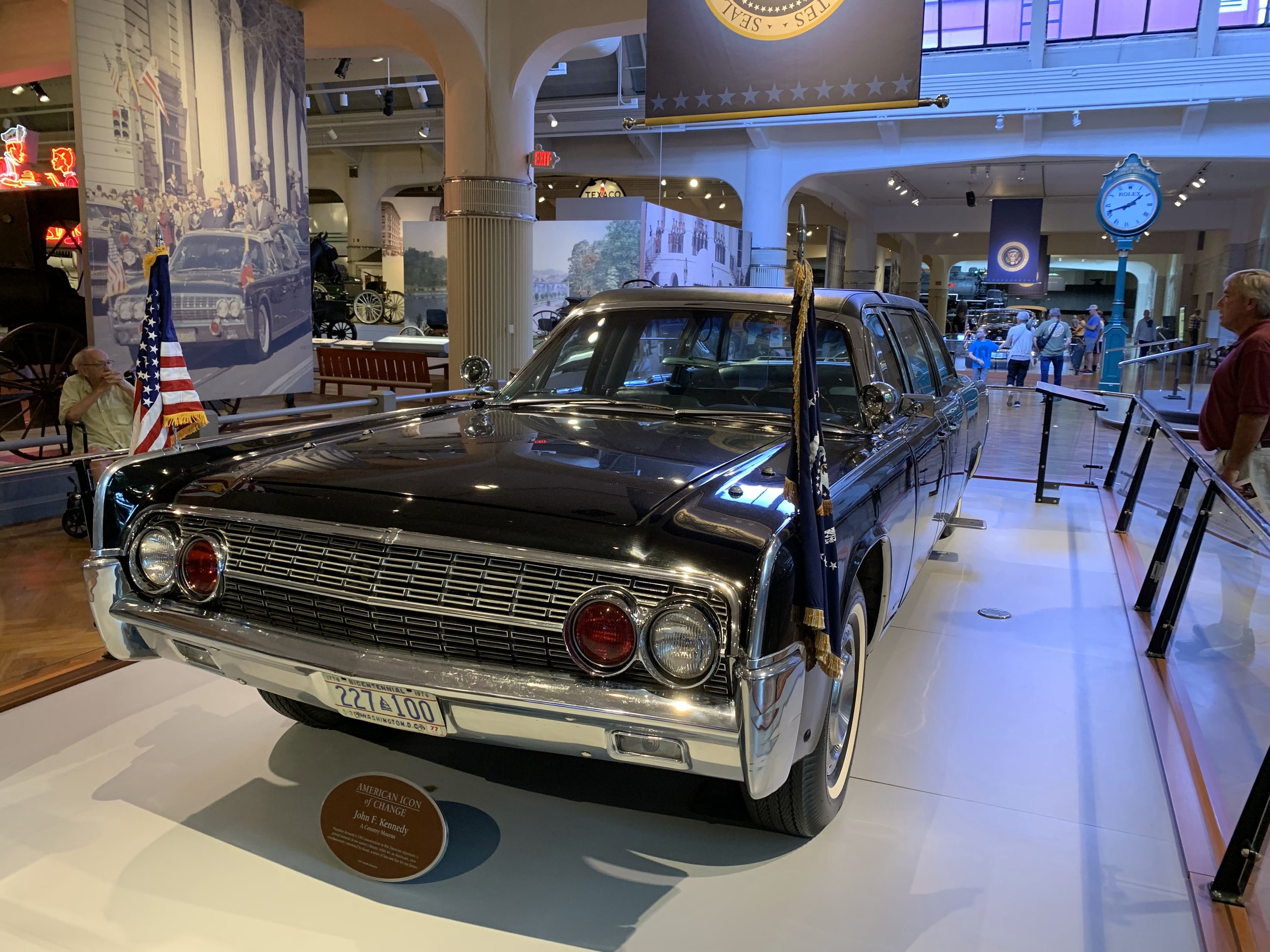
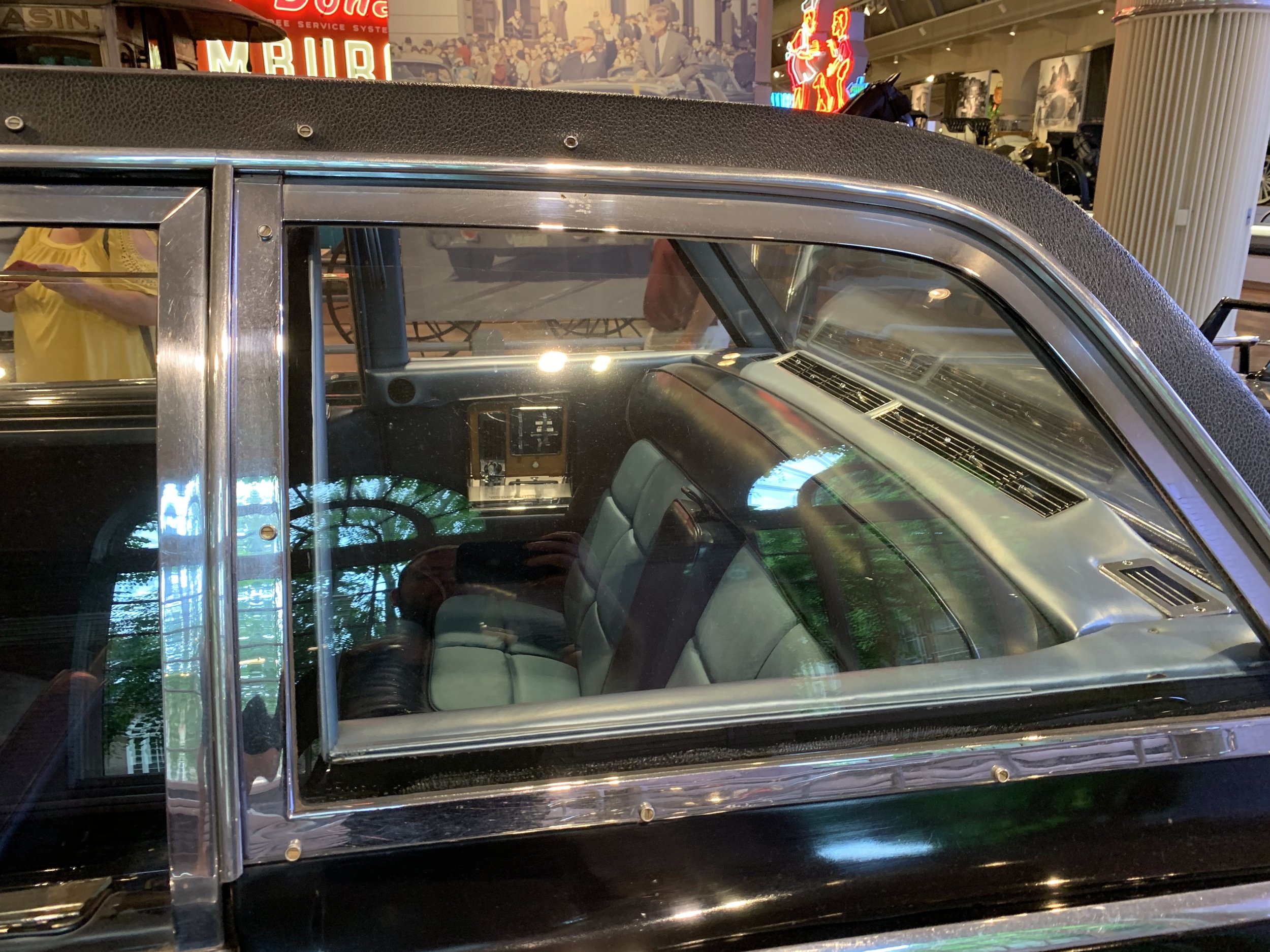
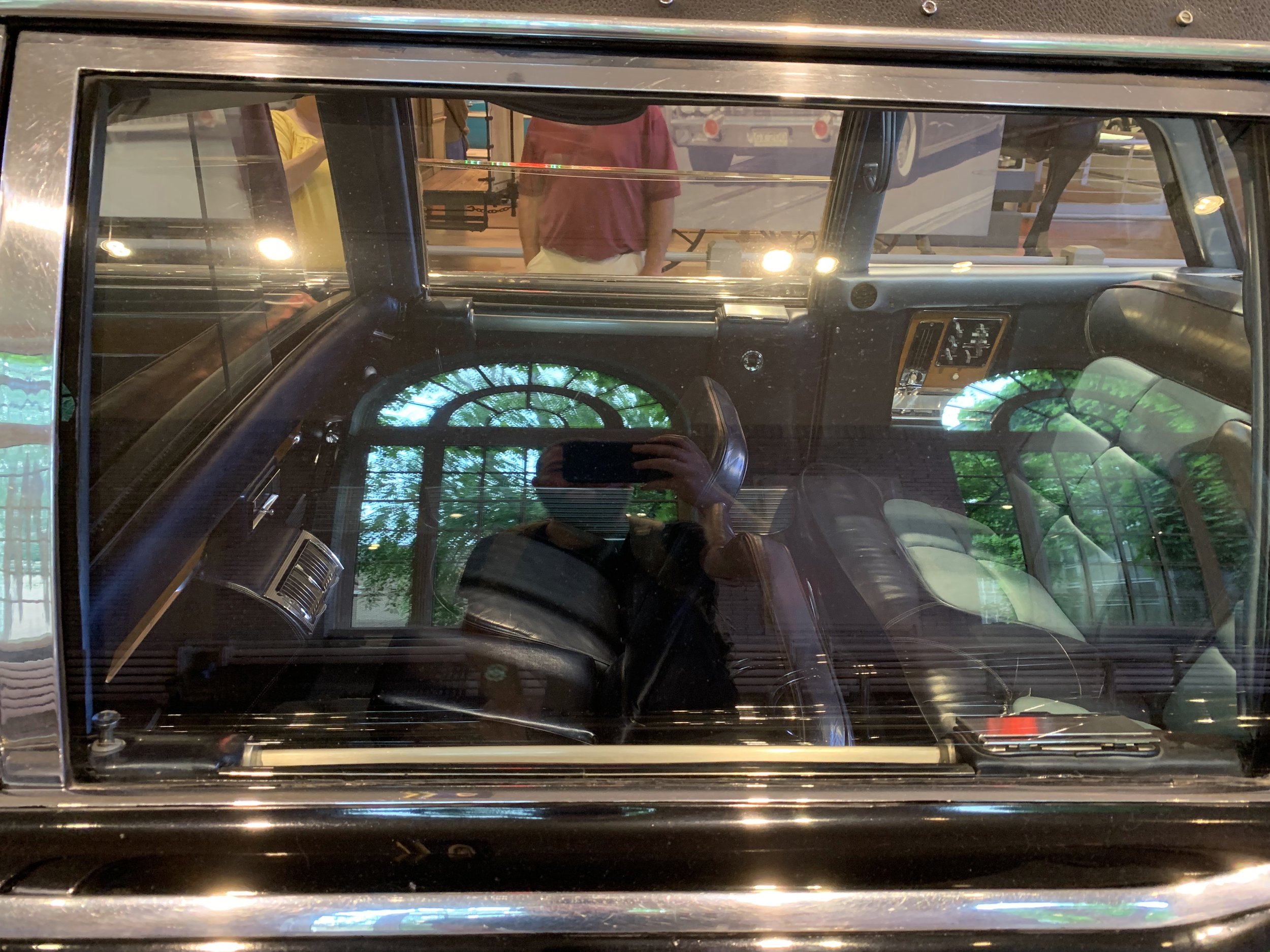

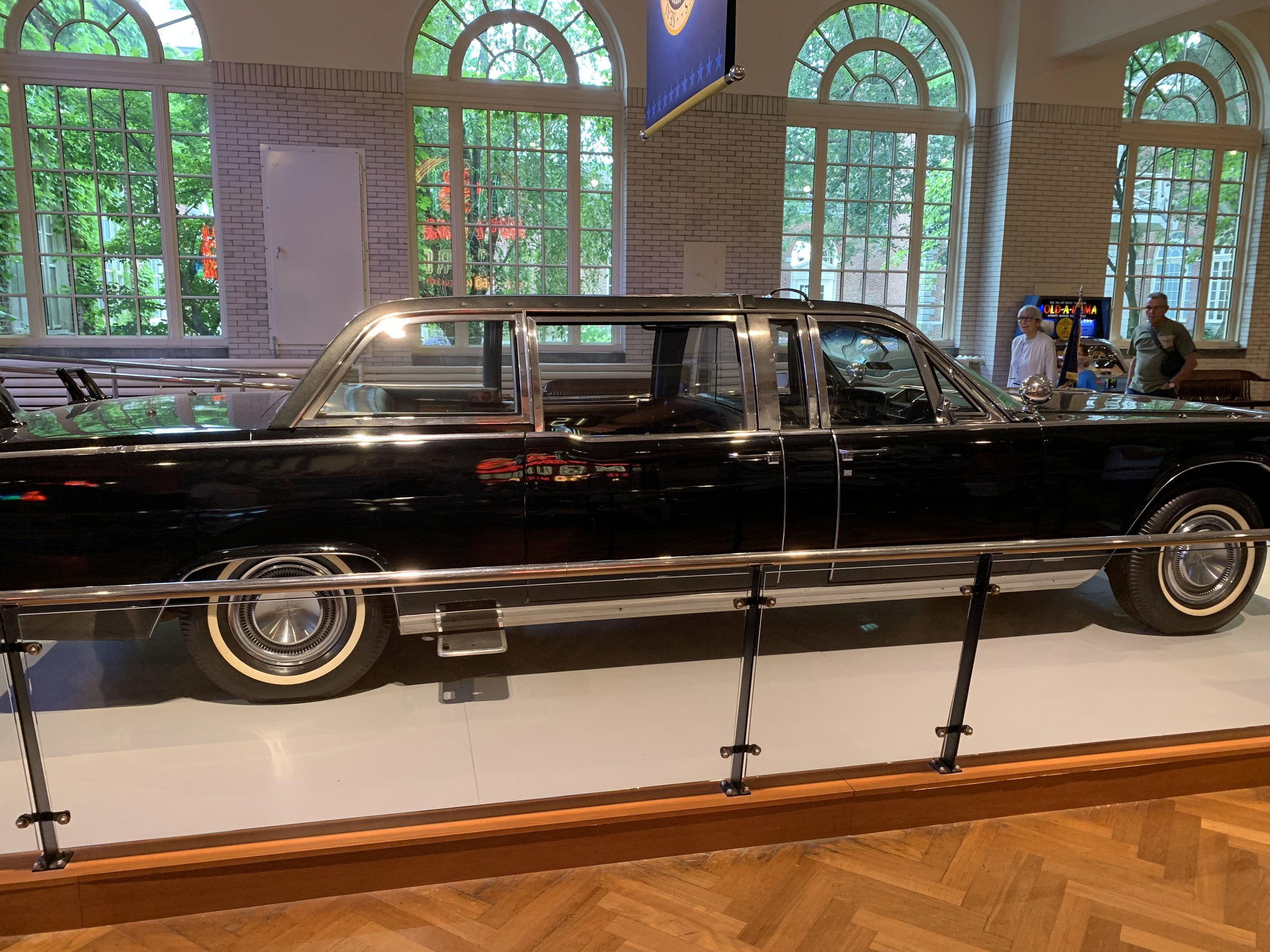
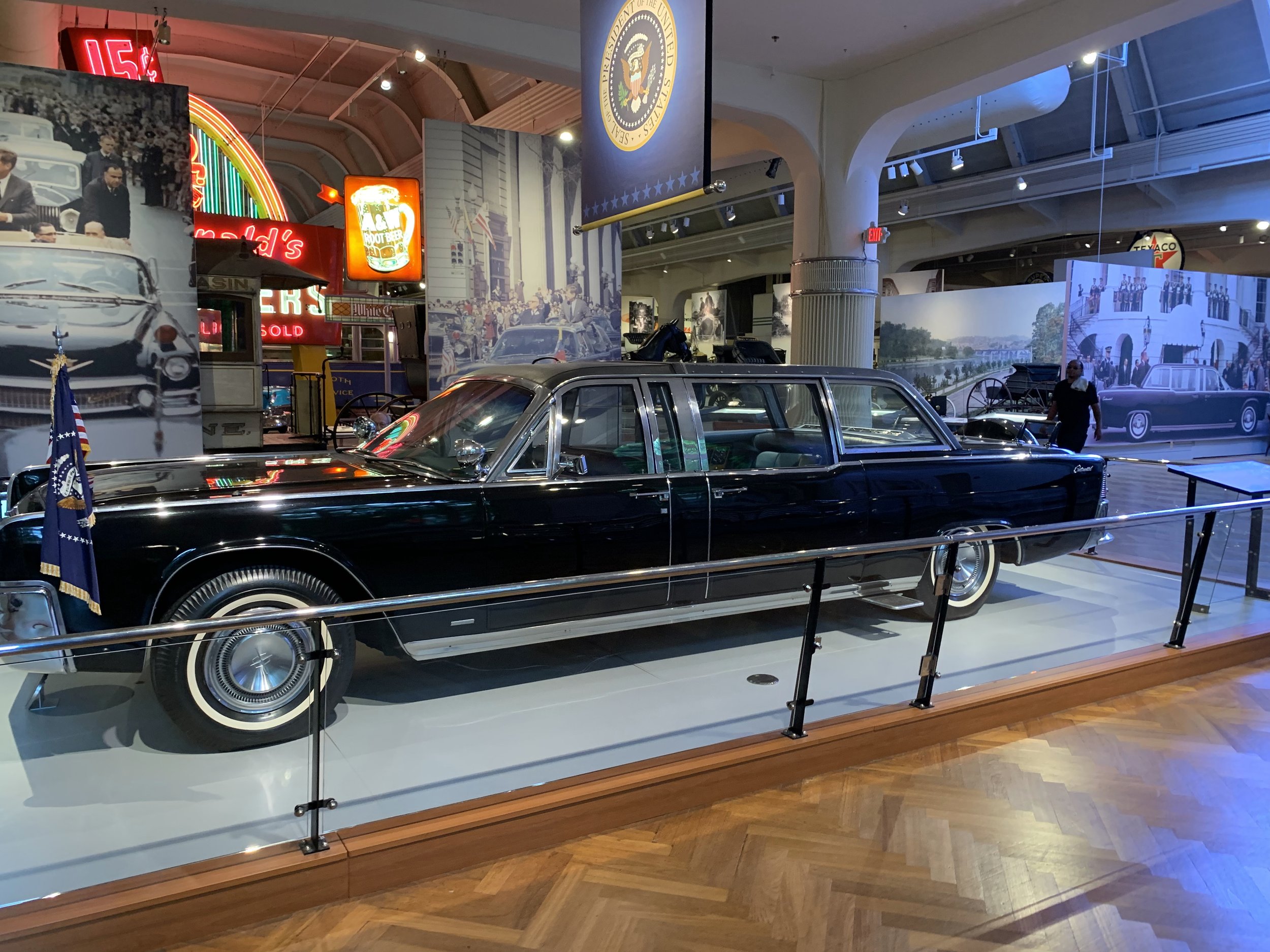

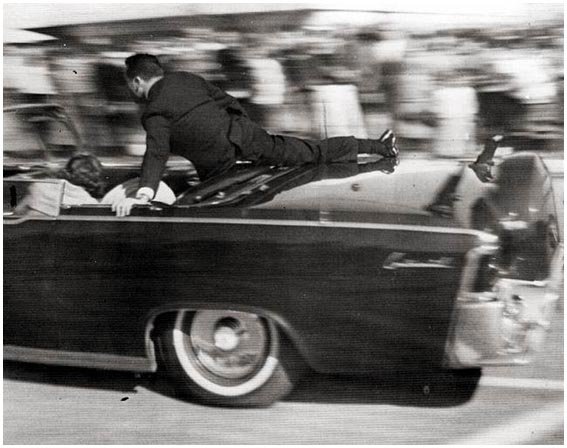

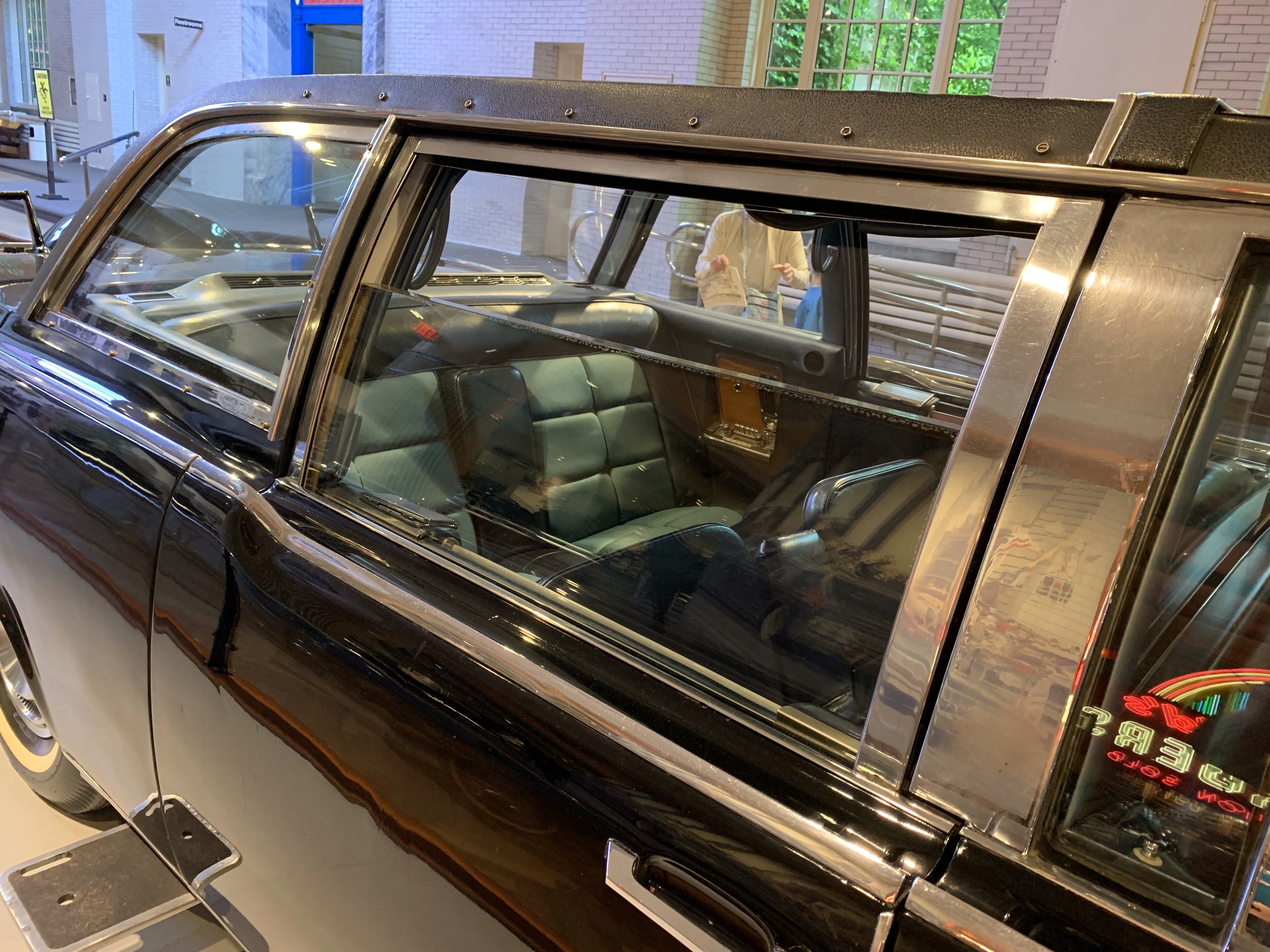
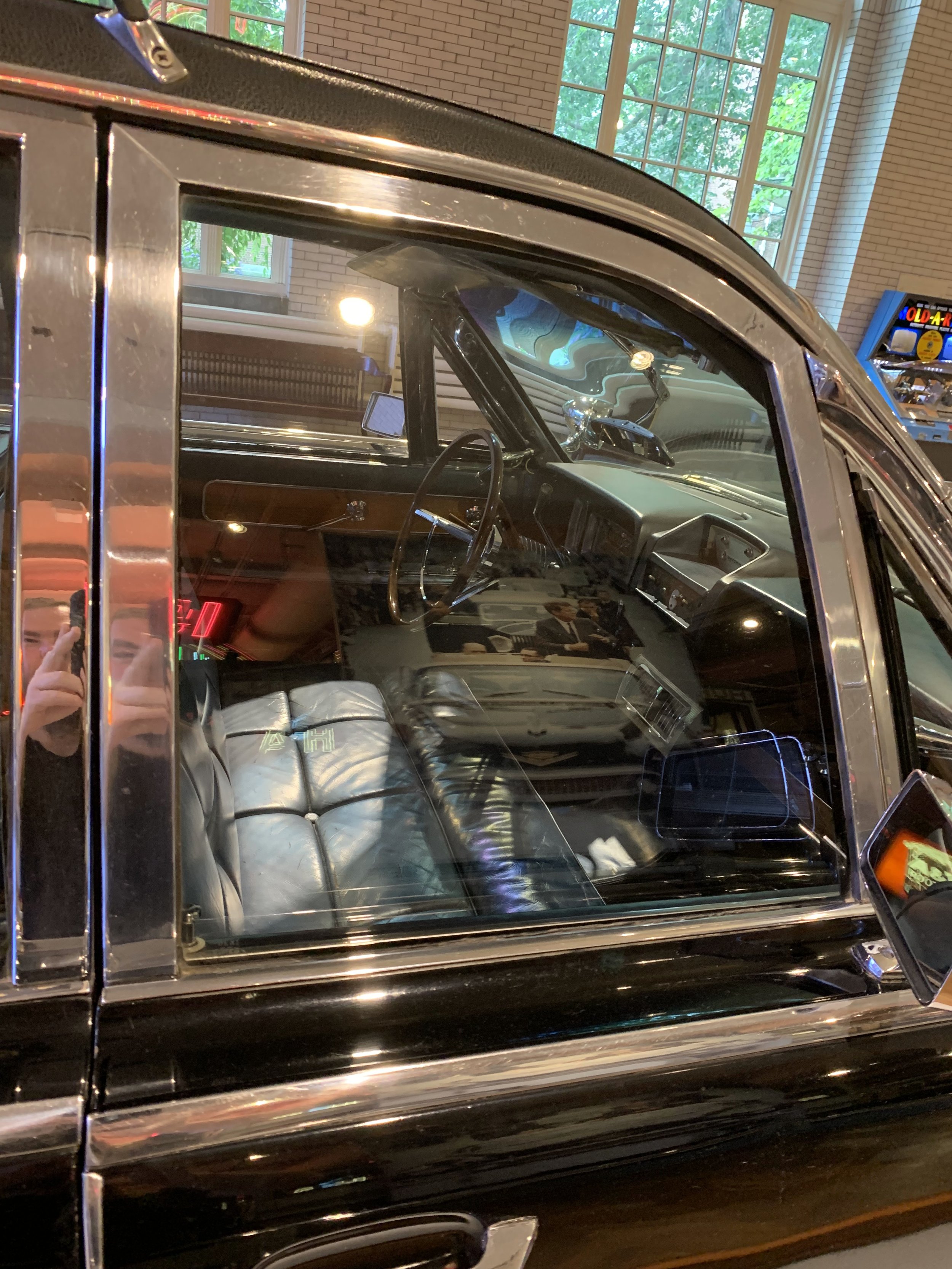
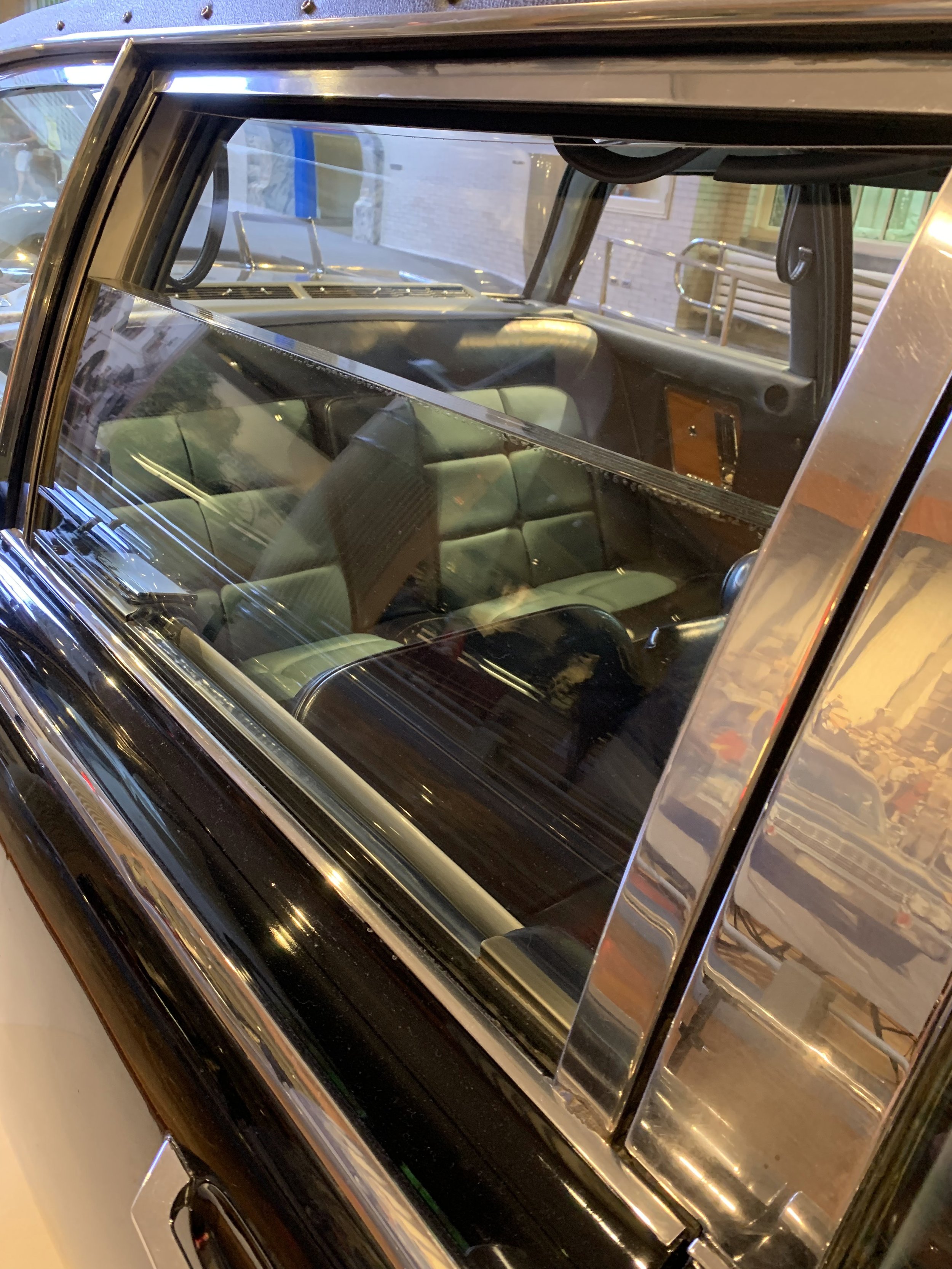
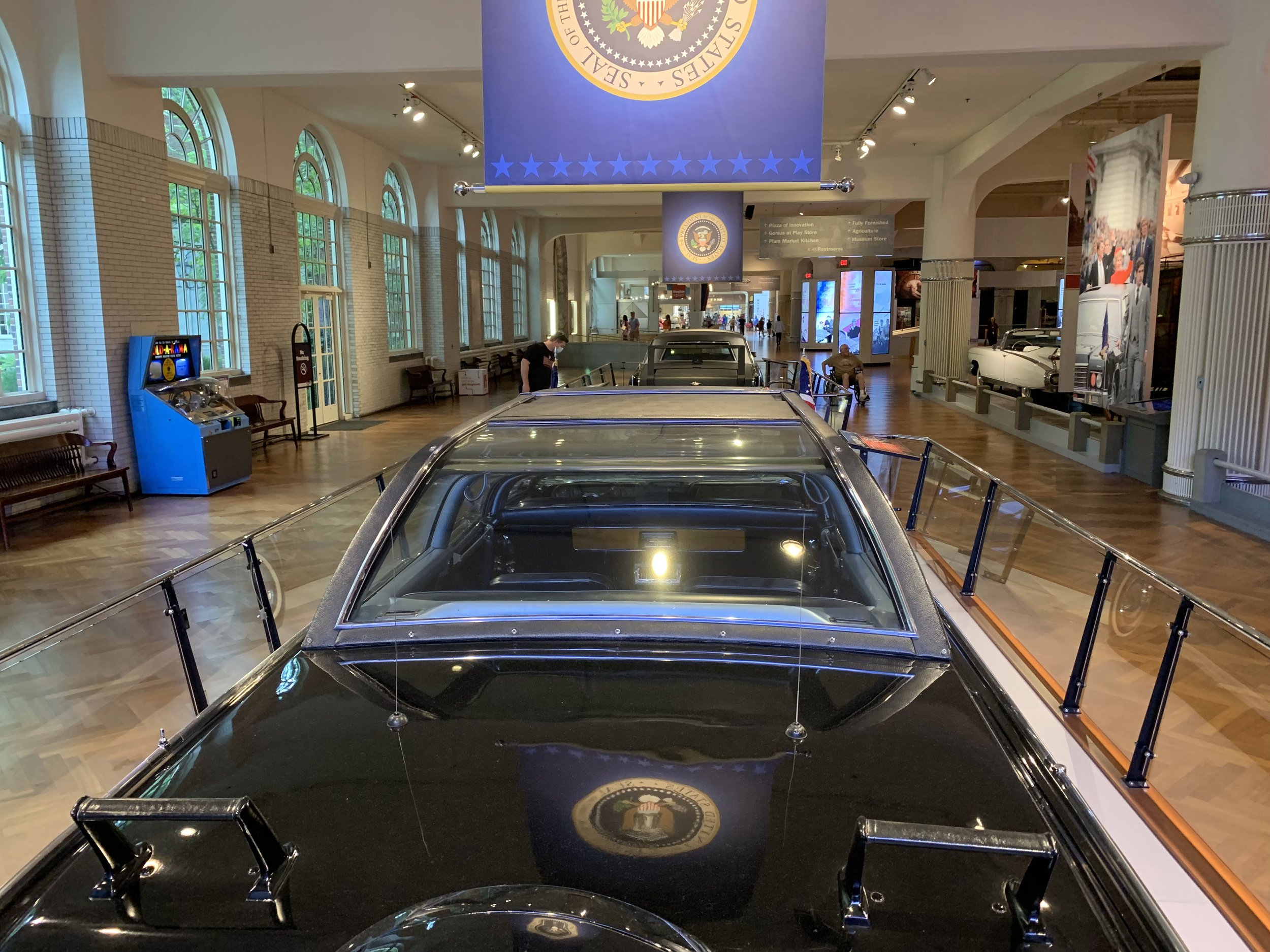
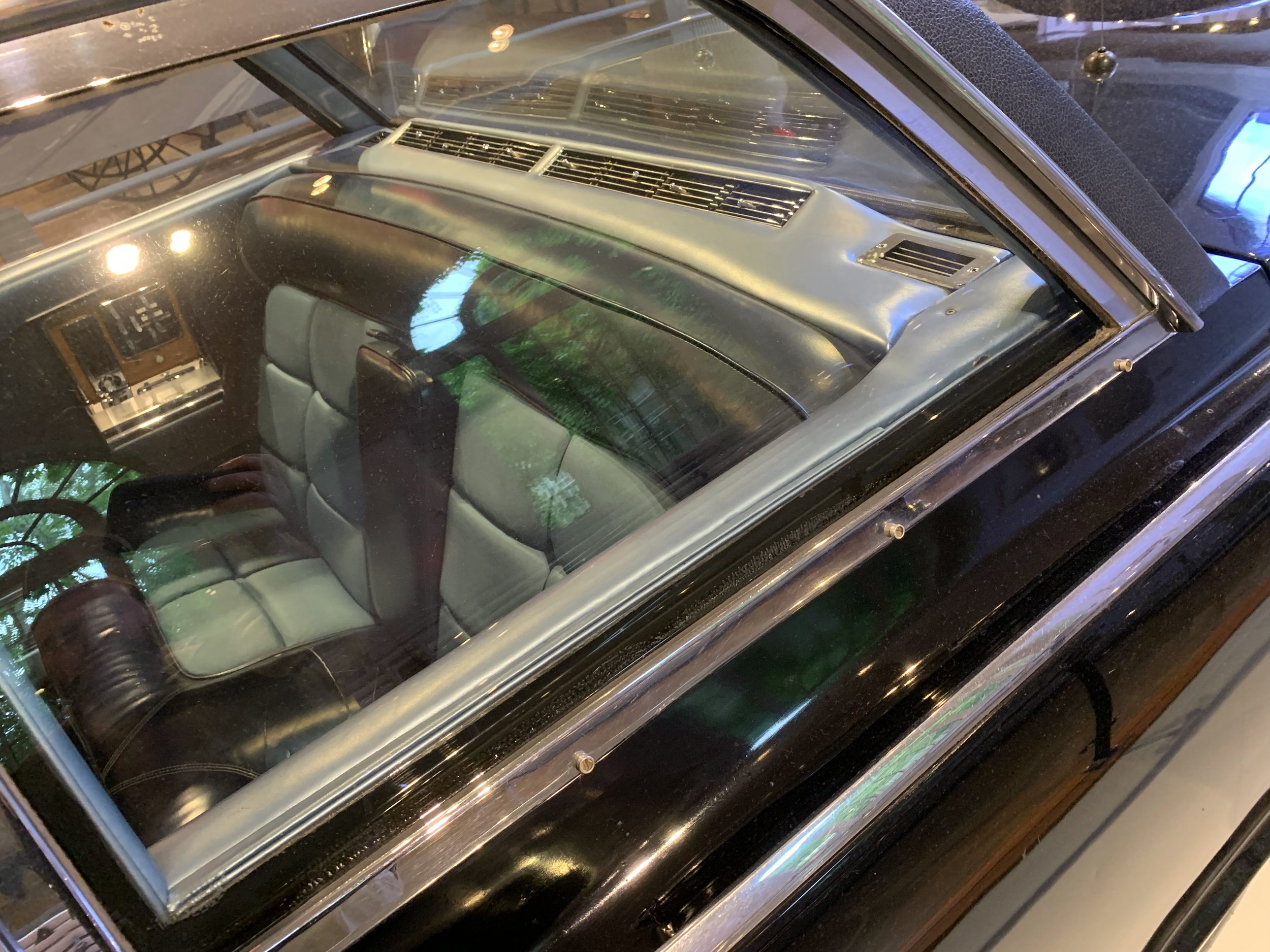
At 12:30pm CST on Friday November 22, 1963 3 shots rang out in Dealey Plaza. Those shots instantly set off a panic on the ground in Dallas that day, and almost as quickly sent the nation into a storm of fear, anger, and confusion. Almost 60 years later many people still question the official findings of the Warren Commission, but what we know for certain is that in an instant the age of “Camelot” in America came to an end as the nation’s young President was cut down in front of an adoring crowd.
At the time of his assassination the President along with his wife and Texas Governor John Connally and his wife were riding in SS-100-X, the Secret Service codename for Kennedy’s 1961 Lincoln Continental four-door convertible limousine. Although the car had an optional bullet-resistant glass top, Kennedy had insisted on riding without it that day to make himself more accessible to the citizens of Dallas.
With the parade tour almost over the car turned onto Elm Street and began to accelerate towards the on-ramp for the nearby freeway. Mrs. Connally turned toward the young President and said “Mr. President, you can't say Dallas doesn't love you". Kenny responded with what would prove to be his last words. “No, you certainly can't".
The Warren Commission determined that Lee Harvey Oswald fired 3 shots that day from his Mannlicher-Carcano M91/38 bolt-action rifle. The first shot missed the car entirely, striking the pavement near onlookers in front of the car. The second shot entered the back of the President's neck, passed through, and struck Governor Connally. The final shot would prove fatal, striking the back of his head, exploding a significant chunk of his skull.
In a panic, First Lady Jaqueline Kennedy climbed onto the back of the limousine and began collecting fragments of the President’s skull and brains. Secret Service Agent Clint Hill (Mrs. Kennedy’s personal bodyguard) was riding on the front of the car immediately behind the Presidential car, and immediately sprang into action, running up to the car, climbing aboard and shoving Mrs. Kennedy back into the seat before shielding both the President and First Lady with his own body. In keeping with Catholic tradition the President was not formally declared dead until reaching a nearby hospital and receiving his Last Rights. Given the magnitude of his injuries however, it is abundantly clear that the man who arguably saved the world with his cool head during the Cuban Missile Crisis, died right there in Dealey Plaza in the back set of SS-100-X.
Following the assassination the car was cleaned extensively by the Secret Service the next day, possibly destroying valuable evidence in the process. It was then permanently fitted with it’s bullet-resistant top, and returned to service in the Presidential fleet where it remained through the Nixon Administration. Presidential vehicles are not actually owned by the government, but are simply leased from their manufacturers. So at the end of its service life, this historic vehicle was returned to the Ford Motor Company, who chose to preserve it at the Henry Ford Museum in Dearborn Michigan. Today it is prominently displayed as part of a segment on Presidential cars. During his lifetime Mr. Ford used his immense wealth to collect the most historic items that money could possibly buy. As a result, the car currently sits less than 500ft away from another tragic piece of Presidential history, the chair in which Abraham Lincoln was shot. The Henry Ford is easily one of the most epic and eclectic museums in the world, and well worth a trip to the Detroit area.
Want to Experience This Adventure for Yourself?:
The Henry Ford Museum of American Innovation